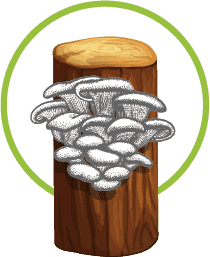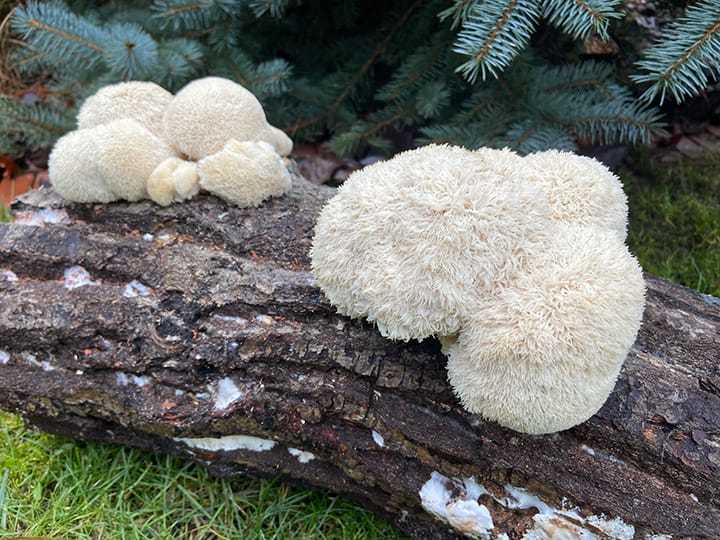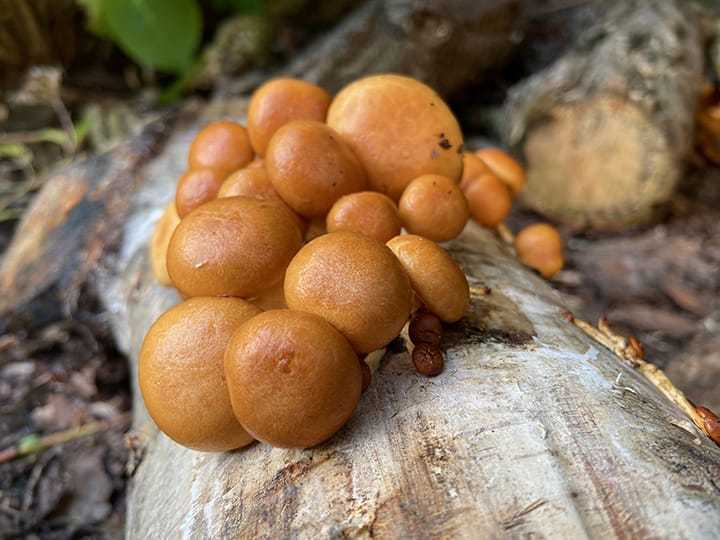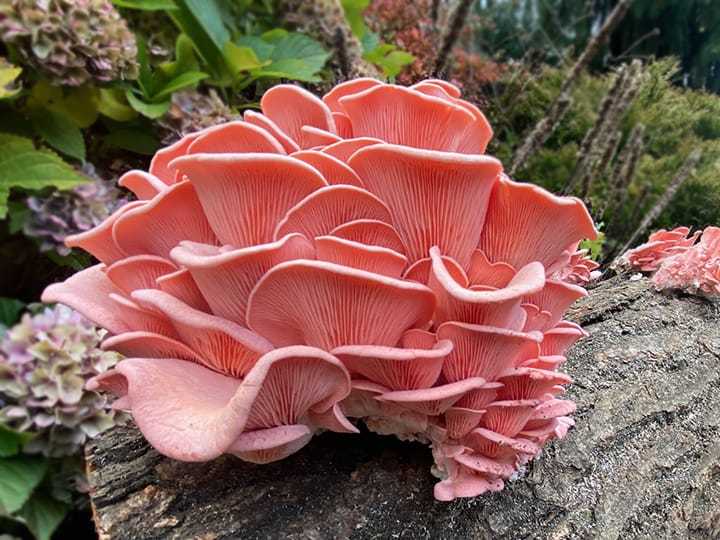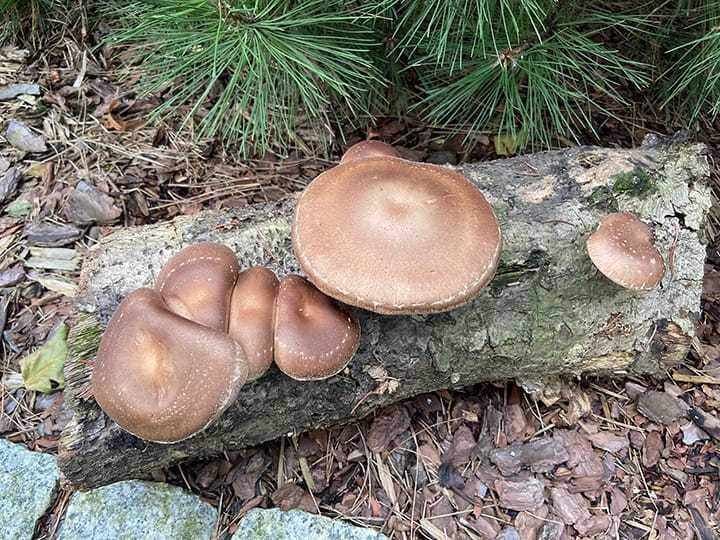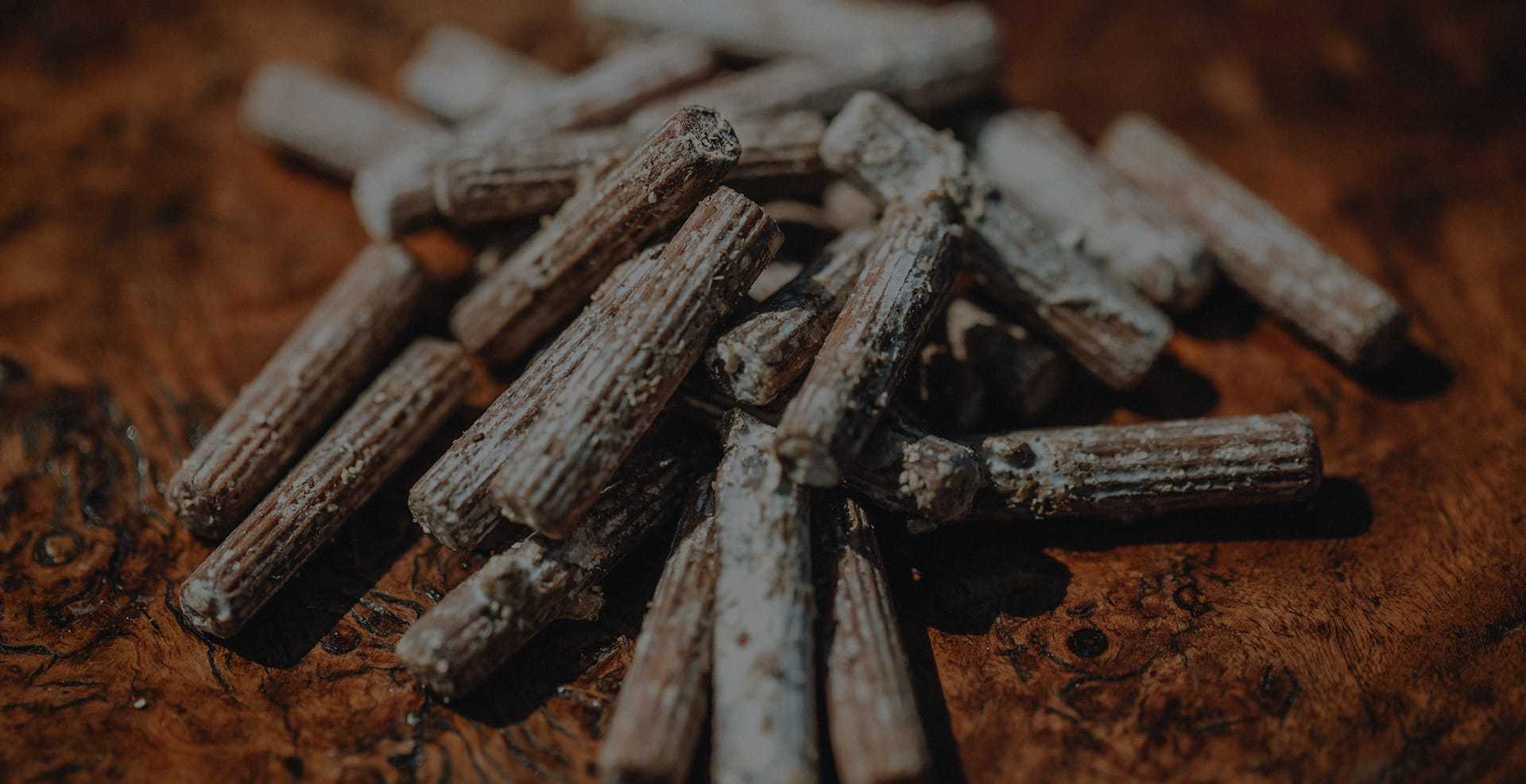
Plug spawn is the easiest way for mushroom cultivation on logs
Advantages of plug spawn
- Easy to use
- No special tools required
- Long storage period
- Low susceptibility to infections

Our standard offer
Plugs are packed into polypropylene bags with microfilter in following quantities:
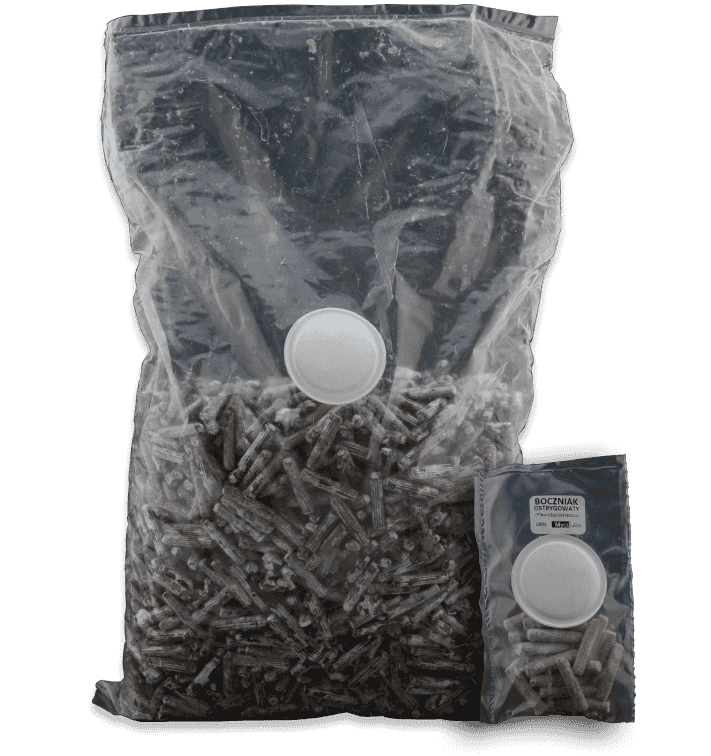
1000 (6x30mm, 8x30mm*)No.1 farmers choice
500 (6x30mm)
30 (6x30mm)Perfect for resellers
If you want to know, how to place an order please visit Orders page
clicking button below.
* for larger orders, it is possible to adapt the packaging to customer requirements.
Strains available on plugs
- ML2000
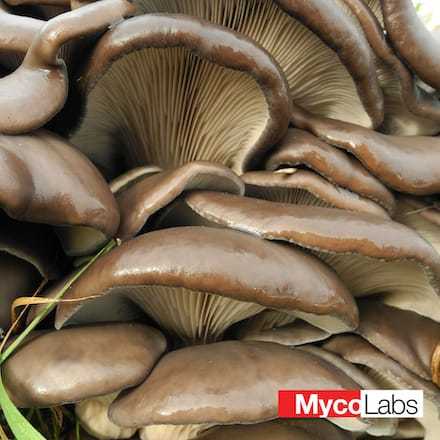
Oyster var. winter
Pleurotus ostreatus - ML2100
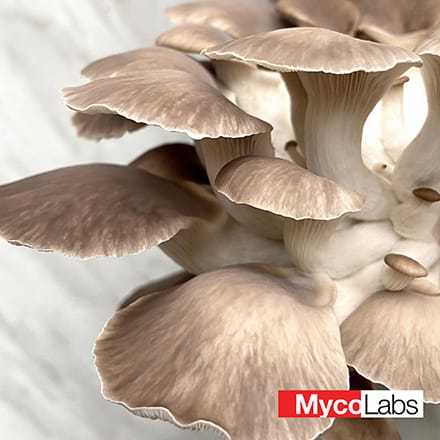
Italian Oyster PHOENIX
Pleurotus pulmonarius - ML2200
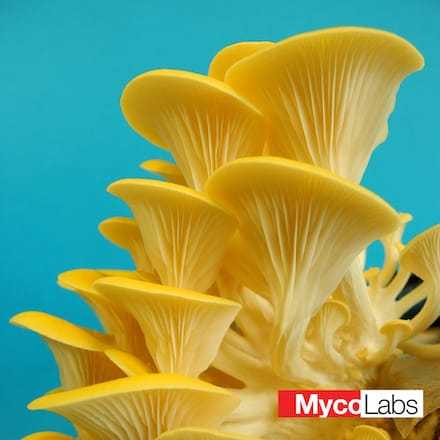
Golden Oyster
Pleurotus citrinopileatus - ML2300
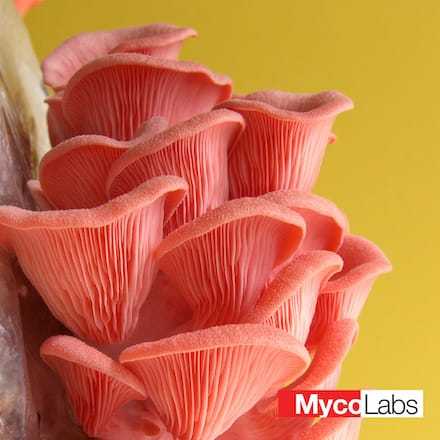
Pink Oyster
Pleurotus djamor - ML2400
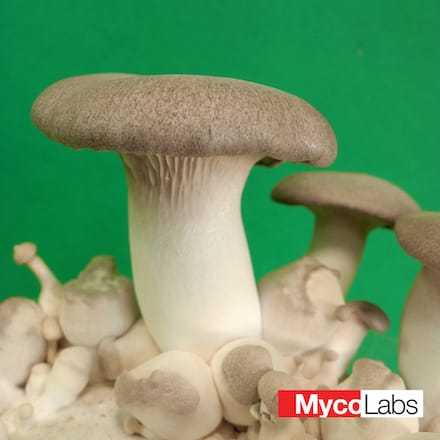
King Oyster ERYNGII
Pleurotus eryngii
- ML1000
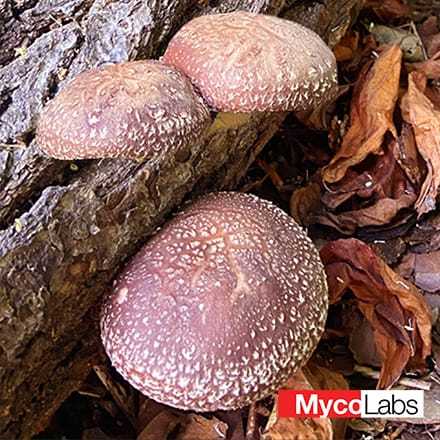
Shiitake (for logs) SHIITAKE
Lentinula edodesThe variety is characterized by intensive and aggressive growth in wood. The length of the incubation period depends on the type of wood and temperature. For soft hardwood, e.g. birch, the incubation period is 3 to 5 months under optimal thermal conditions. On hardwood, e.g. oak or beech, incubation lasts from 7 to even 12 months. After the wood is overgrown with mycelium, it is necessary to soak the logs in water to induce fruiting. It fruits very well in spring and autumn, when there are significant drops in temperature during the night.
The variety produces very good quality fruiting bodies with a dark brown hat (they brighten at higher temperatures). The fruiting body caps are spherical-convex at first and then almost flat when fully mature. Harvest the fruiting bodies when the brim of the hat is still strongly bent downwards. Then the fruiting bodies are the tastiest. The variety is characterized by an intense aroma.
- ML3000
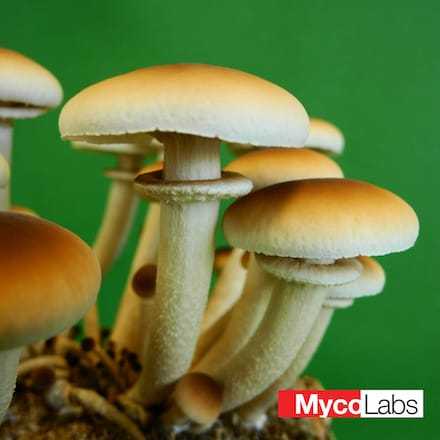
Pioppino PIOPPINO
Agrocybe aegerita - ML3100

Sheathed woodtuft
Kuechneromyces mutabilis - ML3200
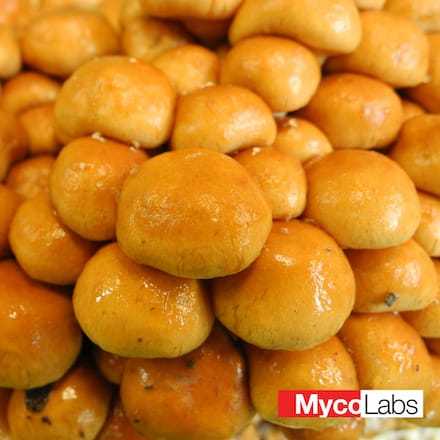
Nameko NAMEKO
Pholiota nameko - ML3300
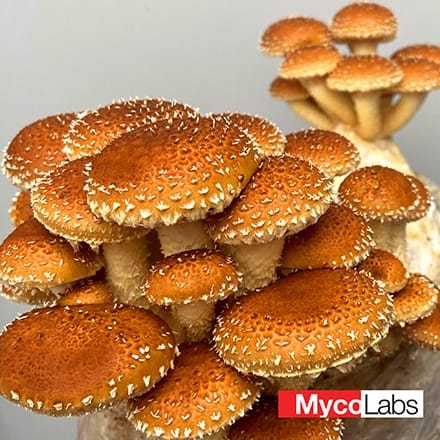
Chestnut Mushroom
Pholiota adiposa - ML3400
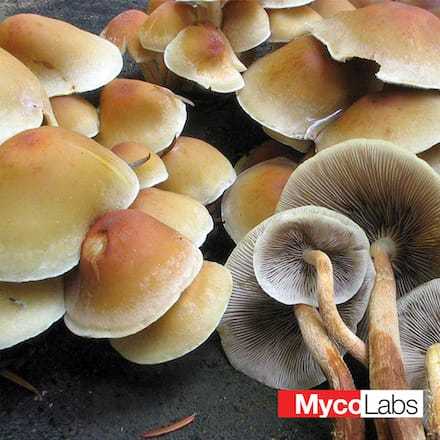
Conifer Tuft
Hypholoma capnoides - ML3500
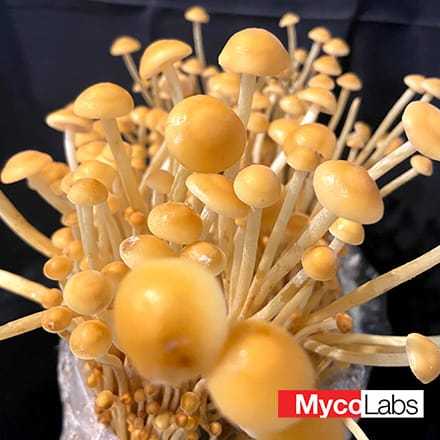
Golden Enoki ENOKI
Flammulina velutipes - ML3501
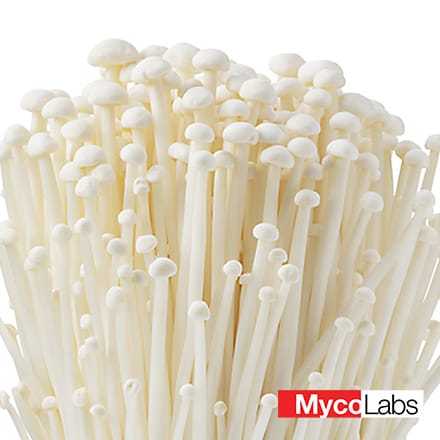
White Enoki ENOKI
Flammulina filiformis - ML3600
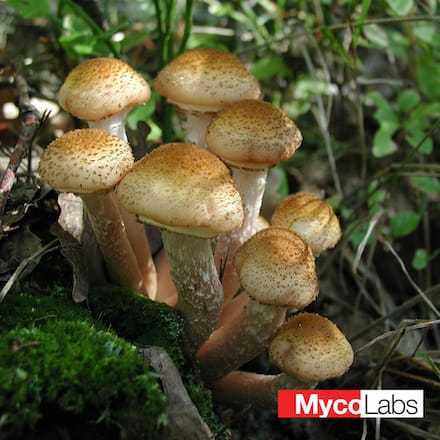
Honey Fungus
Armillaria mellea - ML3800
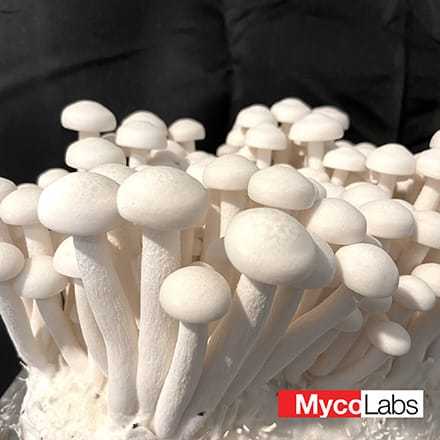
White Beech Mushroom BUNA-SHIMEJI
Hypsizygus tessulatus - ML3801
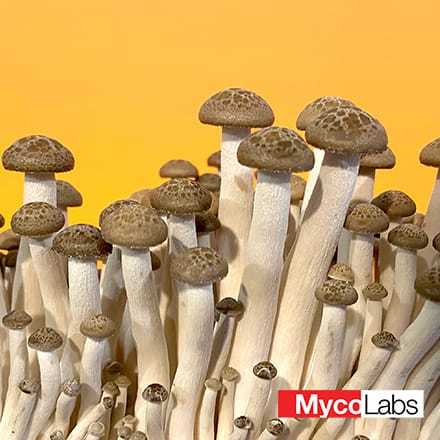
Brown Beech Mushroom BUNA-SHIMEJI
Hypsizygus marmoreus
- ML5000
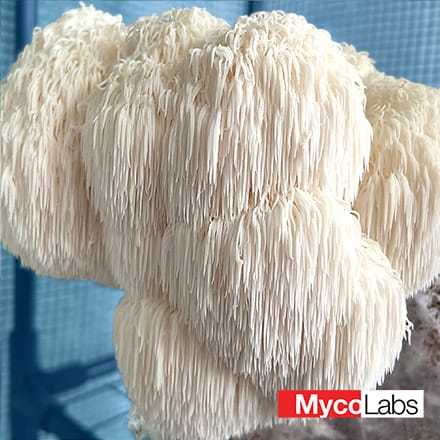
Lion's Mane Mushroom LION’S MANE
Hericium erinaceus - ML5050
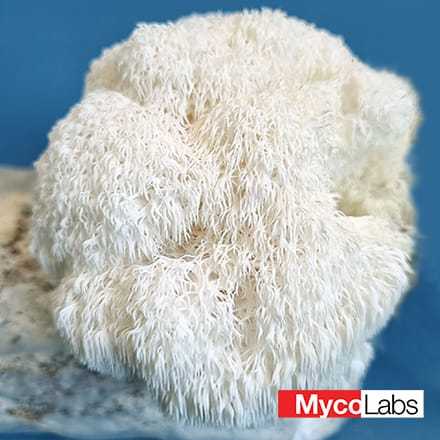
Bear's Head Tooth Fungus BEAR'S HEAD
Hericium americanum - ML5100
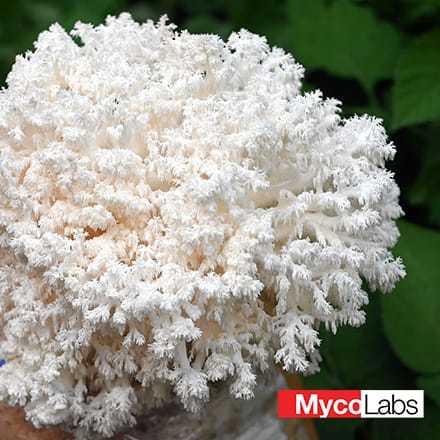
Coral Tooth Fungus
Hericium coralloides - ML5200
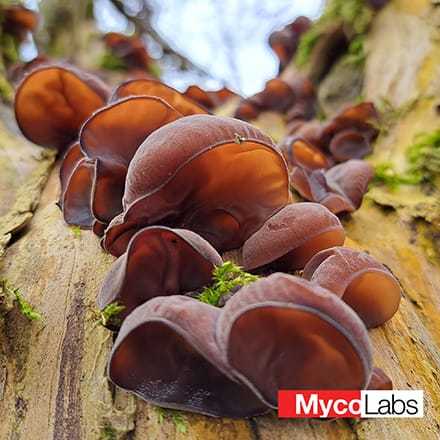
Jew's Ear Mushroom MUN
Auricularia auricula-judae - ML5210
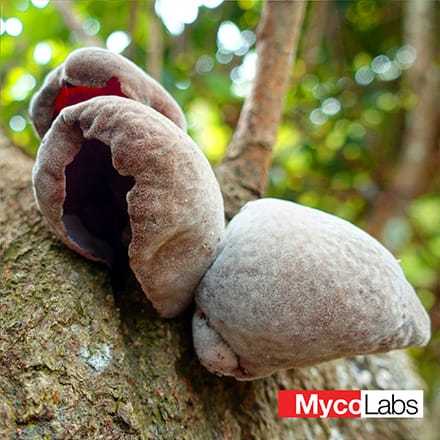
Wood Ear Mushroom MUN
ml5210-Auricularia polytricha - ML5300
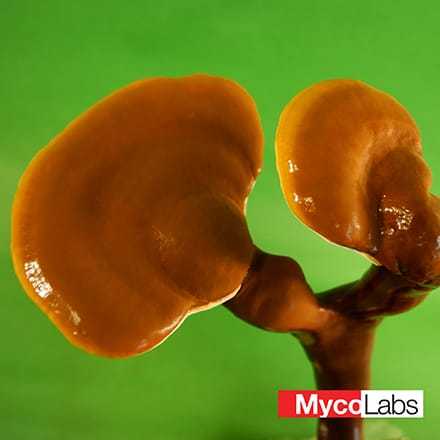
Red Reishi REISHI
Ganoderma lucidum - ML5301
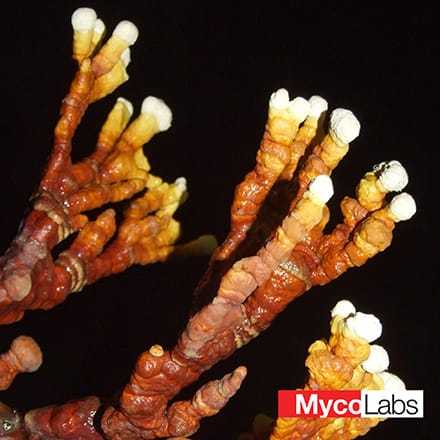
Yellow Reishi REISHI
Ganoderma lucidum - ML5302
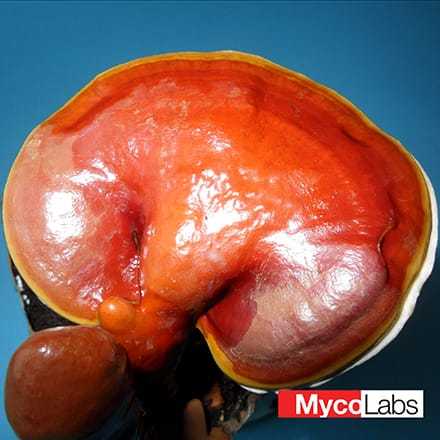
Lingzhi REISHI
Ganoderma lingzhi - ML5400
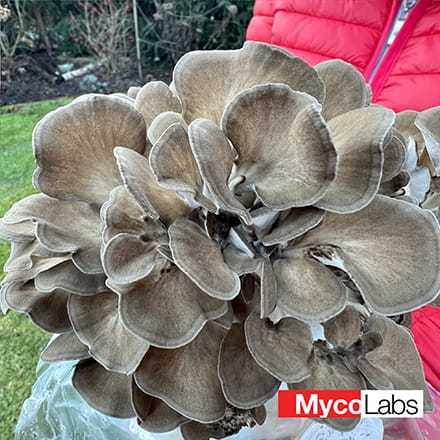
Hen of the Woods MAITAKE
Grifola frondosa - ML5410
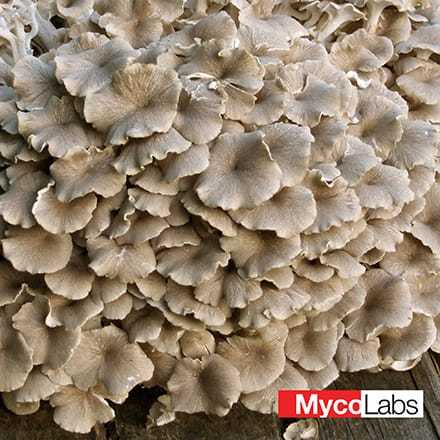
Umbrella polypore
Grifola umbellata - ML5500
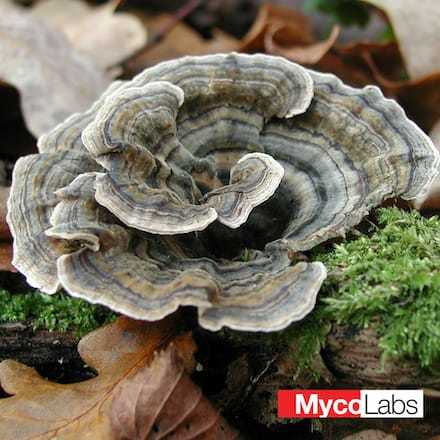
Turkey tail fungus TURKEY TAIL
Trametes versicolor - ML5800
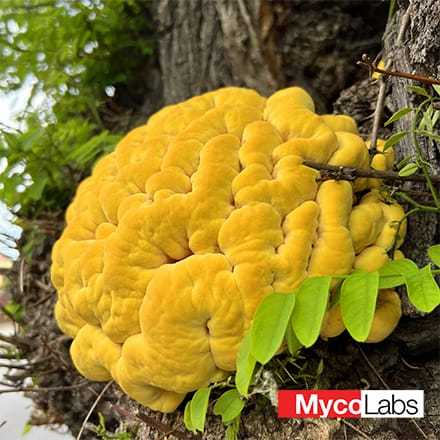
Sulphur Shelf Mushroom CHICKEN OF THE WOODS
Laetiporus sulphureus - ML5900
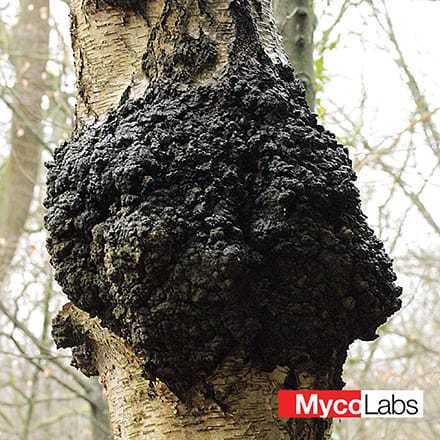
Chaga Mushroom CHAGA
Inonotus obliquus - ML9000New
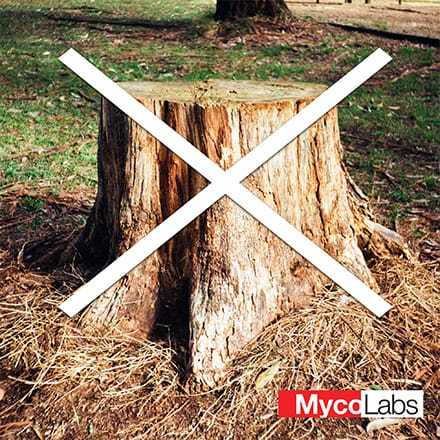
Phlebiopsis Mycelium for removing stumps
Phlebiopsis gigantea
Instruction
General instructions for growing mushrooms on the logs using plug spawn.
(Not applicable to ML5410, ML5800, ML5900)
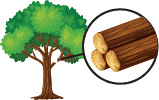
Freshly cut logs of hardwood trees

Plugs with mycelium

A foil or a plastic bag (to cover the logs)

Hammer

A drill
Choice of substrate
Choose freshly cut, healthy stumps of hardwood trees (stored for no more than 2 months), with a diameter of 10 to 40 cm and a length of 50 to 100 cm (the smaller the diameter, the longer the log should be).
If the wood is firmly stored during storage if it becomes dry, it can be moistened repeatedly sprinkling with water for several days.
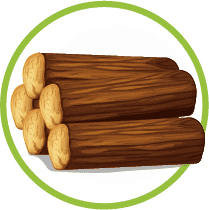
Preparation of the substrate
Drill holes in the log of the same diameter as the diameter of the plug and 1 cm deeper than its length. Drill the holes in several rows around the log, alternately at intervals of approx. 15 cm.
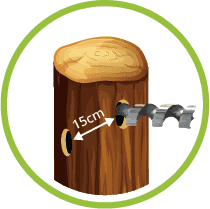
Inoculation
Fill each of the holes with a mycelium plug and cover the place of inoculation with foil or smear it with animal fat or hot wax. On average, there should be 20 - 50 plugs per log depending on the type of mushroom, type of wood and dimensions of the log. The more plugs you use per log, the faster the colonization process will be.
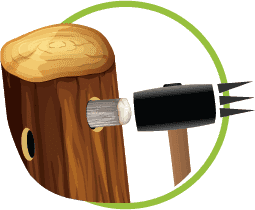
Incubation (mycelium growth)
Put the inoculated logs in a foil bag or wrap them tightly with foil and keep them in a dark place at a temperature of 20-25°C. The logs will become covered with white mycelium after 4 to 10 months depending on the type of mushroom, type of wood and dimensions of the log.
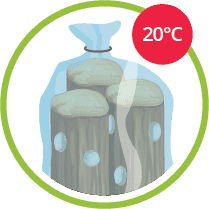
Fruiting
Remove the logs from the bag or remove the foil and place the logs outside, protecting them from direct sunlight and wind. The required temperature during fruiting is between 10-24°C, and the most favorable humidity is 80-85%. Initially, the fungi will be visible as small, white or brown nodules, which will grow into mature fruiting bodies within approximately 7-10 days.
Fruiting can last for up to 3-6 years. Fruiting bodies most commonly form in spring and autumn. There will be intervals between harvests lasting from a few weeks to several months. In the case of severe frosts, the cultivation should be covered, for example, with straw or branches.
